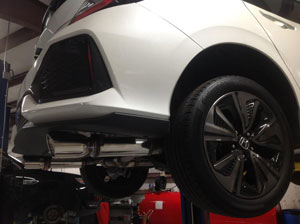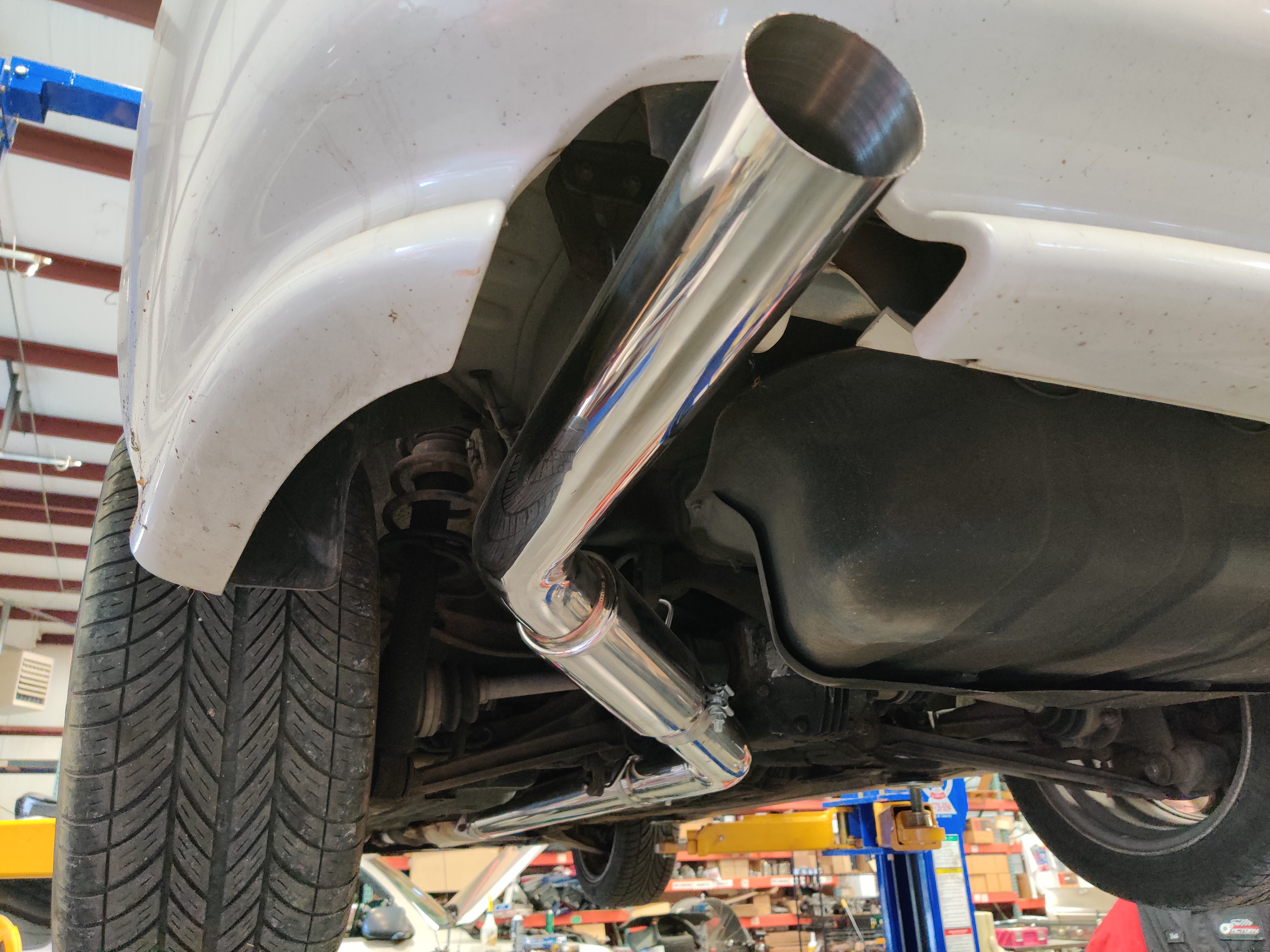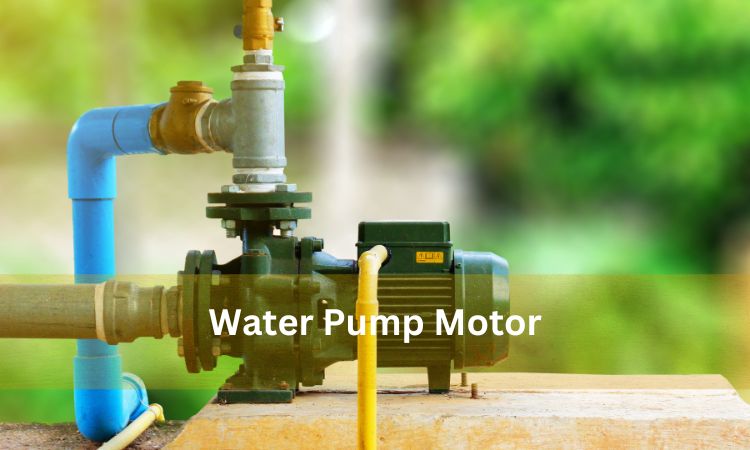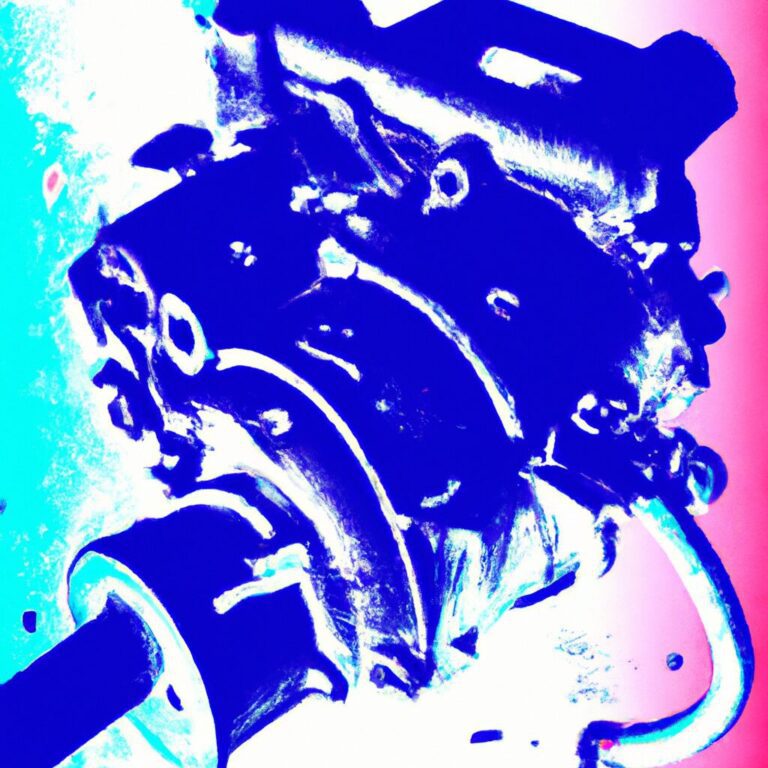Top Fixes for High-Performance Exhaust Systems
Top fixes for high-performance exhaust systems include installing a high-flow catalytic converter and using a free-flow muffler. Upgrading your exhaust system can enhance your vehicle’s performance and efficiency, while also providing a deep and aggressive sound.
Whether you own a muscle car or a high-performance sports vehicle, optimizing your exhaust system is essential for maximizing power and torque. By following these top fixes, you can enjoy improved horsepower, increased fuel economy, and a more exhilarating driving experience.
So, let’s dive into some of the best solutions for enhancing your high-performance exhaust system.
Enhancing Exhaust Flow
Enhancing exhaust flow is crucial for optimizing high-performance exhaust systems. By using high-flow catalytic converters and mandrel-bent tubing, exhaust flow is improved, resulting in increased power and efficiency. Upgrading to performance headers can also further enhance exhaust flow, maximizing the overall performance of the system.
Upgrading Exhaust Headers
Upgrading exhaust headers is crucial for optimizing exhaust flow in high-performance systems. By replacing stock headers with larger diameter, equal-length headers, exhaust gases can evacuate more efficiently, resulting in improved horsepower and torque.
Installing High-flow Catalytic Converters
High-flow catalytic converters help reduce back pressure, allowing exhaust gases to exit the system more freely. This upgrade minimizes restrictions in the exhaust flow, enhancing overall engine performance and providing a deeper, more aggressive exhaust tone.

Credit: www.aandeautorepair.com
Optimizing Exhaust System Design
When it comes to achieving optimal performance for your vehicle, optimizing the design of your exhaust system is crucial. By making strategic choices regarding pipe diameter and incorporating mandrel bends, you can greatly enhance the flow of exhaust gases, reducing backpressure and improving power delivery. In this post, we will explore two key factors to consider when optimizing the design of your exhaust system: choosing the right pipe diameter and utilizing mandrel bends for smooth flow.
Choosing The Right Pipe Diameter
One of the most important considerations when designing your exhaust system is selecting the appropriate pipe diameter. The diameter of the exhaust pipe directly impacts the flow of exhaust gases, with a larger diameter allowing for better airflow. Choosing a pipe diameter that is too small can lead to increased backpressure, restricting the exit of exhaust gases from the engine. Conversely, selecting a pipe diameter that is too large may cause a loss of velocity, resulting in reduced scavenging and overall performance.
Benefits of Choosing the Right Pipe Diameter:
| Increase in Performance: | Achieve optimal airflow, reducing backpressure and increasing power delivery. |
| Improved Fuel Efficiency: | Enhance combustion efficiency by allowing for better exhaust gas evacuation. |
| Enhanced Sound: | Find the right balance between performance and the desired exhaust note. |
When determining the ideal pipe diameter for your exhaust system, several factors come into play. These factors include the engine’s displacement, power output, and naturally-aspirated or forced induction setup. It’s recommended to consult with an experienced exhaust specialist who can analyze these variables to help you choose the right pipe diameter for your specific vehicle and performance goals.
Utilizing Mandrel Bends For Smooth Flow
Another crucial aspect of optimizing your exhaust system is utilizing mandrel bends, which offer superior flow characteristics compared to traditional crush bends. Mandrel bends maintain a consistent inner diameter throughout the bend, ensuring smooth airflow and reducing turbulence. This results in improved exhaust flow, higher scavenging efficiency, and ultimately, enhanced performance.
To understand why mandrel bends are superior to crush bends, let’s briefly explain the difference. Crush bends, often used in factory exhaust systems, are created by compressing the pipe to achieve the desired shape. However, this compression causes a reduction in the inner diameter at the bend, creating an area of increased backpressure. Mandrel bends, on the other hand, utilize a flexible steel rod inside the pipe during the bending process to maintain a smooth, consistent inner diameter, allowing for uninterrupted exhaust flow.
When upgrading or customizing your exhaust system, investing in high-quality mandrel bends can make a significant difference in performance. By reducing restrictions and increasing flow efficiency, mandrel bends help maximize power output, improve throttle response, and enhance overall driving experience.
To optimize the design of your exhaust system, ensure you choose the right pipe diameter and incorporate mandrel bends for smooth flow. These two factors can greatly enhance the performance of your exhaust system, unlocking the true potential of your vehicle.
Maximizing Engine Efficiency
Enhance engine performance by optimizing your exhaust system. Upgrade to high-performance components for improved efficiency and power output. Gain more horsepower and fuel economy with top fixes for maximizing engine efficiency.
Selecting Performance Mufflers
Installing the right performance muffler is crucial in maximizing engine efficiency and improving overall exhaust system performance.
When it comes to selecting performance mufflers, there are a few key factors to consider:
- Exhaust Flow: Look for a muffler that offers minimal restriction to the exhaust flow.
- Design: Opt for a design that promotes better scavenging, such as a straight-through or chambered muffler.
- Material and Construction: Choose a muffler made from high-quality materials like stainless steel to ensure durability and maximize performance.
- Size: Select a muffler that is appropriately sized for your specific engine and exhaust system.
By carefully considering these factors, you can enhance exhaust gas flow, reduce backpressure, and ultimately increase engine efficiency.
Implementing X-pipes Or H-pipes
Another effective way to maximize engine efficiency is by implementing X-pipes or H-pipes into your exhaust system.
These cross-over pipes help equalize exhaust flow between cylinders, resulting in improved torque and horsepower.
When deciding between X-pipes and H-pipes, it’s important to understand their differences:
| X-Pipes | H-Pipes |
|---|---|
| Pros: | Pros: |
|
|
| Cons: | Cons: |
|
|
Choosing between X-pipes and H-pipes depends on your specific preferences and performance goals.
Whichever option you go for, implementing these cross-over pipes can enhance exhaust gas flow and boost engine efficiency.
Fine-tuning Exhaust Sound
Fine-tuning exhaust sound is crucial for optimizing high-performance exhaust systems. Explore top fixes that help enhance the driving experience with powerful and resonant engine sounds.
Considering Resonators For Sound Control
Resonators play a crucial role in fine-tuning exhaust sound, absorbing and canceling out unwanted frequencies.
They are installed along the exhaust system to achieve specific tones and reduce droning noises.
Exploring Variable Exhaust Systems
Variable exhaust systems offer customizable sound profiles, giving drivers the freedom to adjust noise levels.
By changing the settings, you can experience a range of exhaust notes tailored to your preference.
Ensuring Proper Installation
Proper installation is crucial for optimizing the performance of high-performance exhaust systems. With meticulous attention to detail, ensure that the system is correctly fitted to maximize its efficiency and power output.
Ensuring Proper Installation Before diving into the top fixes for high-performance exhaust systems, it is crucial to underscore the importance of proper installation. Correct installation is essential for optimizing the performance and longevity of your exhaust system. H3-heading:Checking For Leaks And Proper Sealing
One fundamental aspect of a proper installation is checking for leaks and ensuring proper sealing. This can be achieved by conducting a thorough inspection of all connections and junctions to ensure that there are no leaks. Any signs of leakage should be promptly addressed to prevent performance issues and potential damage to the exhaust system. H3-heading:Professional Tuning And Calibration
Another significant element of proper installation involves professional tuning and calibration. Enlisting the expertise of a qualified professional for the tuning and calibration of your high-performance exhaust system is crucial for ensuring optimal operation. Professional tuning can maximize the performance gains while minimizing the risk of damage to the engine and other components. By adhering to these key installation practices, you can maximize the overall performance and efficiency of your high-performance exhaust system, ensuring a seamless operation while reaping the benefits of improved horsepower and torque.
Credit: www.ebay.com

Credit: www.3sx.com
Frequently Asked Questions For Top Fixes For High-performance Exhaust Systems
How Can I Improve My Exhaust Performance?
To enhance exhaust performance, consider upgrading to high-flow catalytic converters and installing a performance exhaust system. Tuning the engine and maximizing airflow also help. Regular maintenance is key.
What Is The Best Exhaust Setup For Performance?
The best exhaust setup for performance depends on your vehicle’s make and model. Generally, a free-flowing system with mandrel-bent pipes and high-flow mufflers is ideal. Consider a cat-back or full exhaust system for optimal power gains. Ensure the setup complies with local emissions regulations.
How Can I Make My Exhaust Sound Deeper?
To make your exhaust sound deeper, consider installing a performance muffler or resonator. Upgrading your exhaust system can also enhance the sound. However, be sure to comply with local noise regulations. Regular maintenance and keeping the exhaust system in good condition can also improve the depth of the sound.
What Exhaust Adds The Most Horsepower?
The exhaust system that adds the most horsepower is a performance exhaust system with larger diameter pipes and high-flow mufflers.
Conclusion
In order to enhance your vehicle’s performance, consider implementing these top fixes for high-performance exhaust systems. By following these recommendations, you can optimize your exhaust system for improved efficiency and power output. With the right modifications, your vehicle will run smoother and more efficiently than ever before.



